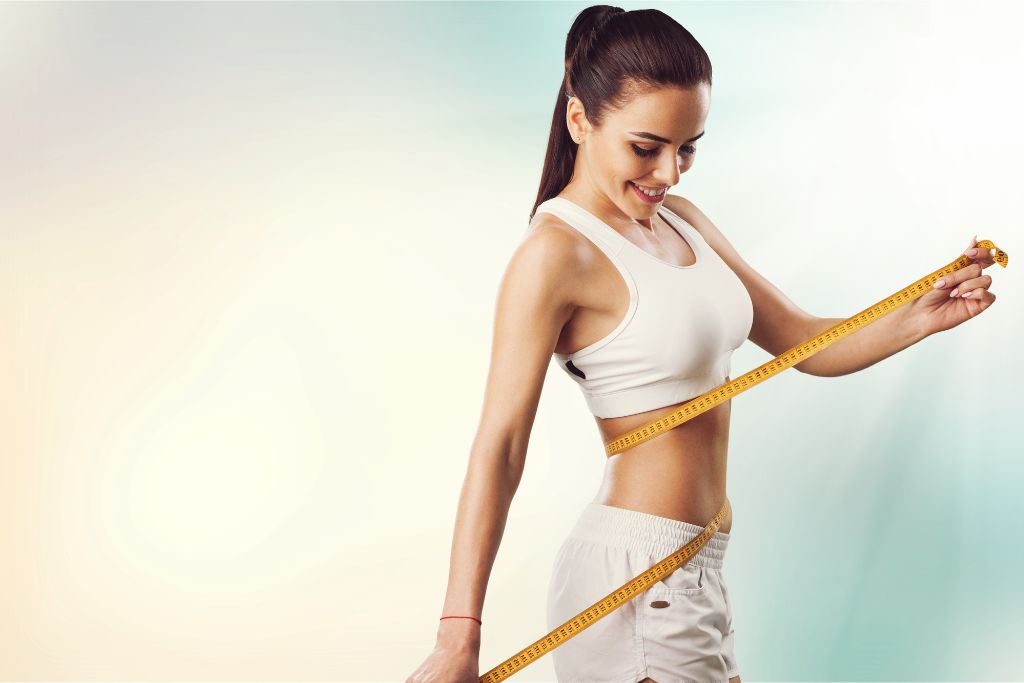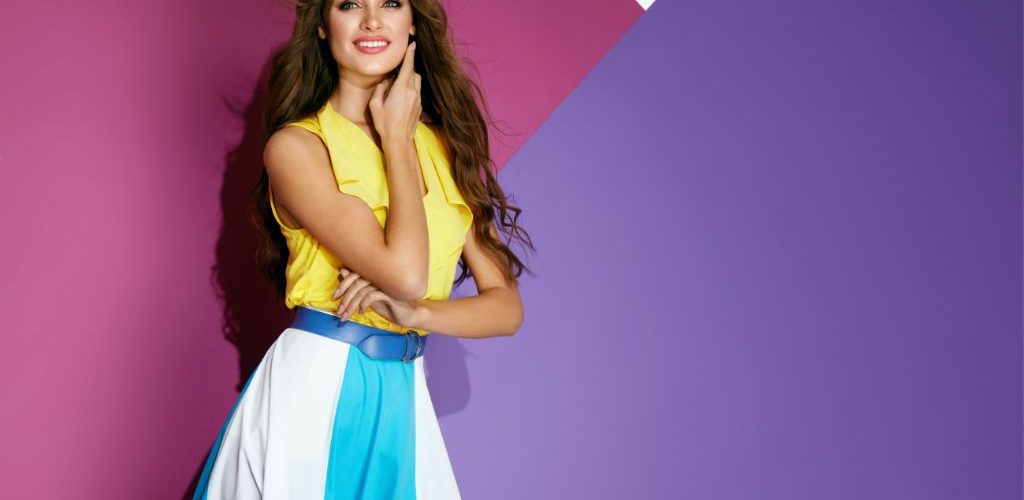Fashion has changed throughout the centuries. It started with the affluent wearing elaborate garments, such as gowns and hats. The Victorian era was a busy time for fashion, with changes in tastes and styles and new technological advancements. Read on to find out more about the history of fashion from the V&A’s collections, decade by decade. Fashion has always been a part of the human experience. The history of fashion can be traced back to the Victorian era when women were required to wear dresses and other clothes that reflected their social position and status. In order to remain fashionable, women had to learn how to dress in a way that would make them look good on the outside and not show their weaknesses. Over time, fashion has become more about being comfortable and stylish than looking good.
The Industrial Revolution
The Industrial Revolution is an important part of the history of fashion. It completely changed the way goods were produced and exchanged.
This was a time of major innovation, including the invention of spinning machines and looms that made cloth production faster and easier than ever before.

The era also saw the development of cities and factories, which led to new types of employment and the emergence of the middle class. However, these changes meant that working conditions and pay were often poor.
Changing Roles of Women
While women have come a long way since the 1800s, they still face many barriers. This is why it is important to celebrate International Women’s Day and empower women across the globe.

In the past, women were expected to wear clothes that reflected their social status in society. This included wearing dresses and skirts.
The Shape of Skirts
The shape of skirts in the Victorian era changed dramatically over the course of Queen Victoria’s reign. Skirts expanded to accommodate the height of horsehair crinolines and were paired with bodices that had low necklines, low waists, and sleeves that began at the natural waistline.

Bodices and skirts also had layers of petticoats under them, creating fullness. These layers were trimmed to match the skirts, adding extra volume and accentuating the waistline.
The Hourglass Figure
The hourglass figure is a body shape that combines curves with a defined waist. It was a popular shape in the 1940s and 50s when famous actresses flaunted it.

It is important to dress an hourglass figure correctly, in order to maintain its natural balance and highlight the right areas. This means selecting clothing that accentuates the bust, hips, and waist without overdoing it or unbalancing the body frame.
From the Victorian era to the modern day, fashion has gone through many changes, and it can be difficult to keep up with the latest trends. However, one thing that has remained constant is the importance of having a wardrobe that fits your lifestyle and surroundings. If you live in New York, for example, you may want to check out our article on “The Must-Haves for Your New York Wardrobe” to ensure that you have the right pieces to take on the city in style. This guide provides valuable tips on what to wear for different occasions, from the office to a night out on the town. So, take a few minutes to read the article and build a wardrobe that’s perfect for the Big Apple.





